-
Posts
888 -
Joined
-
Last visited
-
Days Won
6
Content Type
Profiles
Forums
Blogs
Gallery
Events
Store
Posts posted by GreyC
-
-
There were 4 gentlemen by the name of T-F. listed in Berlin in 1912, neither a Curt nor a Fritz among them. Maybe he lived in one of the surrounding cities like Potsdam or Spandau, etc. He did not live in Darmstadt, the place of the Falken-Verlag he took over from his relative Curt in 1917/18 in 1912 either.
GreyC
1 -
The none photo items are called Zipfel and are a token of friendship between members of Burschenschaften (student´s society). There were different Zipfel for different occasions, but I am not into the subject enough to make out the differences. This is from the Wintersemster 1919 Leipzig University.
GreyC
0 -
Hi Christophe,
from the signature Berndt or Rantz is quite certainly a Feldwebel-Leutnant.
if you look up Ettelt in the German army loss list, you´ll find the majority of the name bearers to be of Saxon origin, so that seems to fit well.
GreyC
0 -
Hello,
it is difficult to read. The signature could be Berndt, he was a Feldwebel-Leutnant. The name in the text Ettelt. Both names are listed in the loss list-
Seinem lieben Kamerad Ettelt aus Dankbarkeit und zur freundlichen Erinnerung an unsere gemeinsame Arbeit.
GreyC
1 -
1 hour ago, Glenn J said:
On mobilisation, however, Landwehr cavalry regiments etc were formed by active cavalry regiments and the NCOs and troopers were equipped in the style of the formation unit.
Hi,
Glenn said most of what could be said.
However, let me add a tiny bit of information and three photos:
The Landwehr NCOs and other ranks did have the same uniform as the line units, however they were distinguished from them by way of cockade, which had the Landwehrcross on it (1st photo). The Pickelhauben also had a Landwehr-cross on it. See attached photo from Kürassier Regiment 7. The Rittmeister of the Landwehr-Provinzial Kavallerie with visor cap does not wear the Landwehr-cross on cockade and the number of the Army Corps on his shoulder-piece, so I was told.
GreyC
0 -
4 hours ago, Bayern said:
I think that the Jews who were commisioned during the War could have been former OYVs
Yes, like Wolff.
GreyC
1 -
Very nice photo ArHo!
Greyc
0 -
23 minutes ago, Bayern said:
Hello , regarding the German Jews and the Army , specially the Prussian Army , pre 1914 many Jews entered in the Army as One Year Volunteers
On 18/08/2021 at 21:52, GreyC said:from 1880 to 1909 between 25.000-30.000 Jews served in the military as Einjährige
But, I repeat myself, were not promoted to officer´s rank.
GreyC
0 -
17 hours ago, Scowen said:
The gold disc listed as "A medal belonging to the local office of the Nationalsozialistische Volkswohlfahrt" is actually a belt buckle.
and the other item refered to as "medal" is a pin given out on the occasion of the jubilee-meeting celebrating 10 years of Gau Westfalen Süd in 1938.
0 -
6 hours ago, VtwinVince said:
I think in the case of Wolff his age played the major factor in his being denied anything
Yes, but not because of biological reasons, if that´s what you are getting at. When he was in the army the leniency in the wake of the war of 1870/71 with regard to letting Jewish Einjährige be promoted to Reserve-Offiziere was gone. As I wrote before, from 1885 onwards till September 1914 no Jewish Reserve-Offiziere were allowed in the Prussian army. He probabbly served in the early 1890s and even if it is correct that he served with a Bavarian unit his reserve time and then Landwehr-service was most probable in a Prussian unit. Hence no officer´s patent.
„.. and let us not forget the thousands of, formerly Jewish, Officers who had (themselves or their parents) converted to Christianity.“
Quite, right!
Though strictly speaking they were no longer considered Jews, officially.
Which didn´t spare them antisemetic sentiment within the army.
As Kuno Graf von Westarp put it in 1935 looking back on his time as reserve-officer in the imperial army:
„Unsere grundsätzliche Gegnerschaft gegen jüdische Offiziere beruhte indessen nicht so sehr auf religiösen als auf völkischen Gründen. Angehörige der jüdischen Rasse sollten und könnten den deutschen Soldaten nicht kommandieren."
„Our fundamental opposition against Jewish officers is based not so much on religious grounds as it is based on racial grounds. Members of the Jewish race should never and could never command the German soldier."
GreyC
0 -
Hi saxcob,
thank you for your comment. I checked and indeed between 1871-1918 there were never more Jews than 1,25 % of the German population. I misinterpreted the text. However that does not change the antisemetism of the German officer´s corps and the abscence of active and reserve-officers in the German army from 1885.
GreyC
0 -
3 hours ago, VtwinVince said:
Doubtful that he was denied officer status due to his religion, many officers in my grandfather's regiment were Jews.
Hi,
antisemitism in the Prussian/German army was a fact.
The link below leads to a summary on the antisemetic stance of politicians and the German military towards the German Jewish population. The German military conducted a statistical survey in 1916 to determine how many Jews were serving in the Imperial army:
https://de.wikipedia.org/wiki/Judenzählung
17,3 % of the German population was Jewish and over all the same percentage was found to serve in the German army. So there was no reason to blame Jews for being cowards or the like. HOWEVER:
According to military historian Christian Stachelbeck there were 51 000 active officers and 226 000 reserve officers in the German army. So 277.000 total. As far as I know there were only 2000 Jewish military officers in the imperial army (besides roughly 12.000 medical doctors, pharmacists, Militär-Beamte with officers rank according to WIKIPEDIA, if these numbers hold. According to an article in the Spiegel even only 3000 officers, doctors and Militärbeamte).
Now I don´t call that many, not even proportionate, even if you add the doctors etc. and go with the higher WIKIPEDIA numbers.
The facts show: although the German Jews were proportionally represented in the German army, the percentage of Jewish officers was well below of what could or should have been.
Major der Artillerie Meno Burg was the only Stabsoffizier (Major or higher) in the Prussian army during the 19th century. According to the Spiegel, from 1885 on there were no jewish Reserveoffiziere in the Prussian army until the start of the war.
And this, although from 1880 to 1909 between 25.000-30.000 Jews served in the military as Einjährige, who overwhelmingly ended up as Reserveoffiziere - normally.
https://www.grin.com/document/430851
Only in 1914 were Jews allowed to become officers due to the strains the war put onto the German officer´s corps. So it is not doubtful, that he was not allowed to be promoted to officer status. Until 1914 it was against the regulations of the army!
So what your grandfather might have experienced is not the rule, the officers in his regiment must have been promoted after 1914 and if there were many, it was not the norm.
GreyC
2 -
Well, the Kaiser-Wilhelm Akademie had university-status (had to have it, as they taught medicine on an academic level), the professors at the Academy were delegated active professors at the Berlin University. So the Abitur (Reifezeugnis) for the students was a "must" no matter were they studied medicine.
GreyC
0 -
A medical officer for the regular medical units was always a medical doctor. The ones from the Reserve or Labwehr could have studied human medicine anywhere, the professional medical officer (medicine for humans) studied here:
https://de.wikipedia.org/wiki/Pépinière
There were also pharmacists and vets, they were academics, too.
GreyC
0 -
-
-
Hi,
1a) Äskulabstab=Abzeichen für Sanitätsmannschaften:
worn by those medics, tht were part of the Linien-and Garderegimenter and such. uring peacetime one San-Uffz or San-Gefreiter per company, that makes 4 per battailon with infantry and artillery regiments, 5 with cavalry-regiments.
After mobilization of troops per infantry or Jäger-Btl. 1 San-Uffz and 16 medical orderlies. With each battery, escadron or supply unit 1 San Uffz each.
All these wore (from February 1909) the regular uniforms of their respective units and on the right sleeve the Äskulabstab with Schlange, but only to be attached at outbreak of war. It was worn on work-clothes (Drillich), uniformjacket (bunt oder feldgrau), coat or later Bluse M1915. During war on left arm the Red Cross sign. If they worked in a Lazarett they also wore the batch (Jürgen Kraus: Die feldgraue Uniformierung d. deutschen Heeres 1907-1918, Bd. 1, S. 314).
Landsturm units also had medics with the batch.
1b) Strecher bearers did not have that Aesculab batch. They only wore the Red-Cross brassard.
HILFS-Krankenträger wore a red brassard. Photos of these are RARE.
GreyC
0 -
Thank you for proof for my assumption in my last post.
GreyC
0 -
-
Hi,
10 hours ago, Deutschritter said:but why should a gentleman from Hamburg serve in the Bavarian Army?
Because he was registered there (somewhere in Bavaria). It did not matter where you were born, but where you lived at the time you where called to serve. Given the LD2Kl was awarded in 1903 (presuming he did not serve actively after his time in the reserve) these were awarded upon entering the Landsturm, he started service around 1890/1891. You said as Einjähriger which makes sense given his background. Interesting though, that he wasn´t promoted to Officer status earlier than 1917 as Einjähriger. For me that means he found no regiment that wanted to have him as officer. (Just read the WIKI article that confirms my assumption). As he was promoted in 1917, when he was already out of the Reserve I guess Offizier der Landwehr would be correct.
Best,
GreyC
PS Having just read the WIKI article in which it says that after the Abitur he did an apprenticeship, this could well have been in Bavaria.
PPS: The Stammrollen for the Bavarian army are available at the Bavarian State Archive in Munich. The peacetime ones are not online, but with name, unit and approx. date of entry you could request a copy of his data from there, I presume.
1 -
Hi ArHo,
that´s interesting. Blank reverse are not rare but most studios had designs on them that were / are typical for their times, so that it could have been possible to determine whether it was actually (as I still think) a photo from mid/late 1870s or indeed one from the beginning 1880s. The front-design was popular and was in use from the 1870s to the early 1890s. But the typo is more 1870s.
GreyC
0 -
Hi,
I already dated the Ratibor photo in my previous post and offered to try my luck with the Berlin photo if reverse is suplied by you.
Best,
GreyC
1 -
Hi,
I would support Bayern this once ?
G. Steffens had his studio under this address from 1870 to 1885. I would date the photo to the 2nd half of the 1870s. A scan of the reverse could help to narrow it down further. The 1st photo (Ratibor) was taken 1890-1892. I have (in my collection) a dated photo from the studio with a similar design. Two very nice photos!
GreyC
1 -
Ahh, interesting!
Thanks for posting this.
GreyC
0




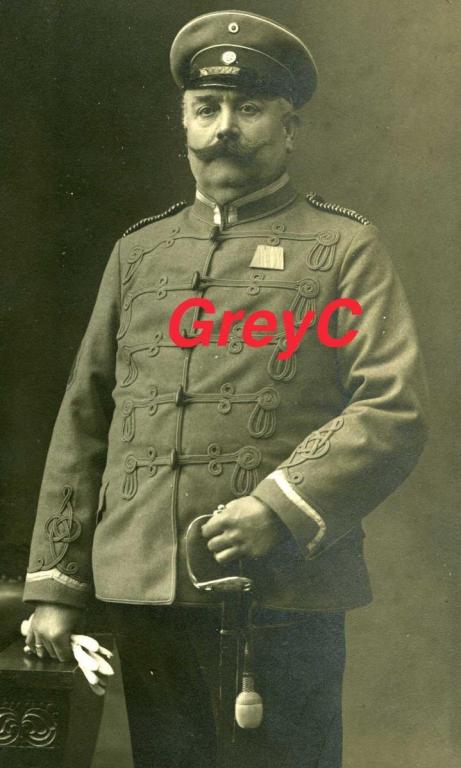
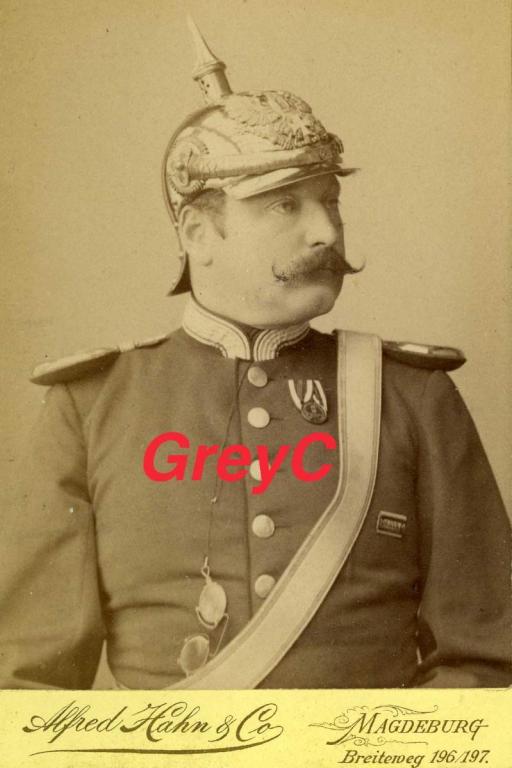

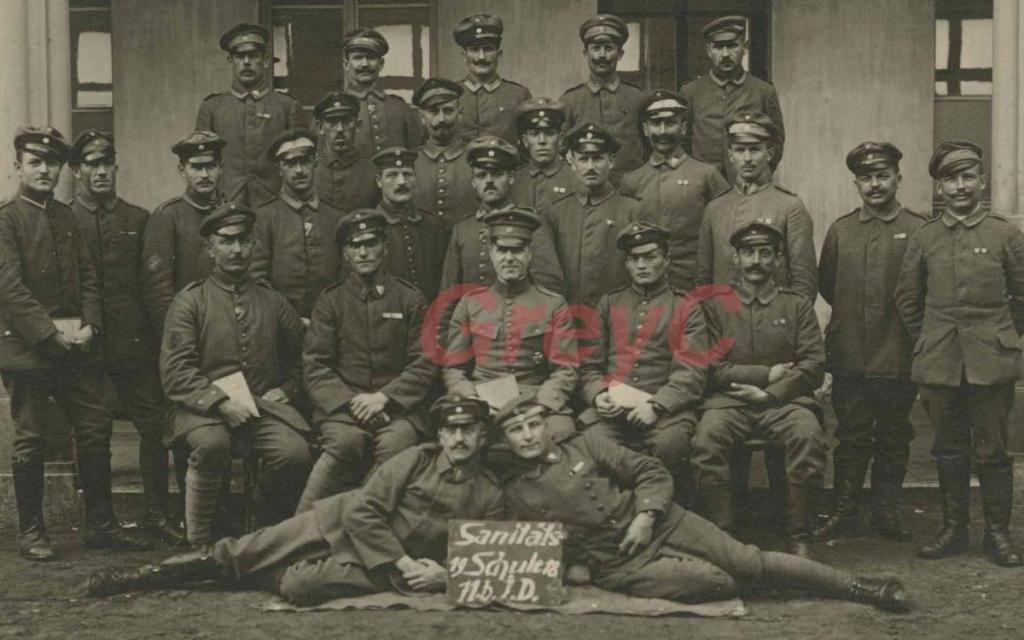
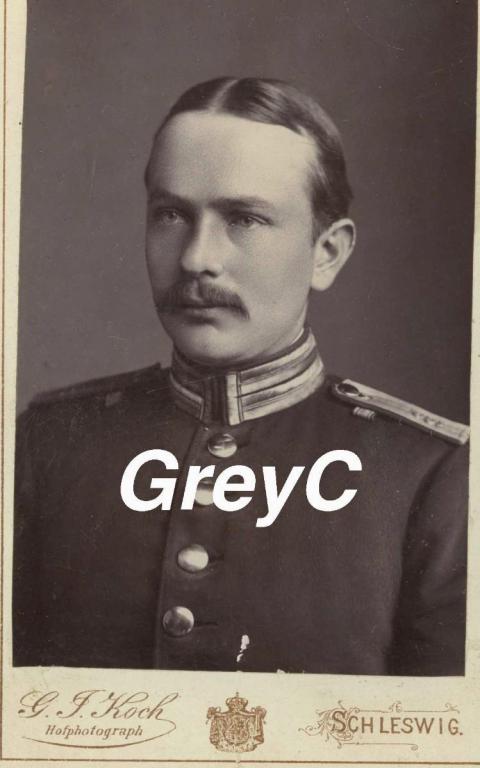
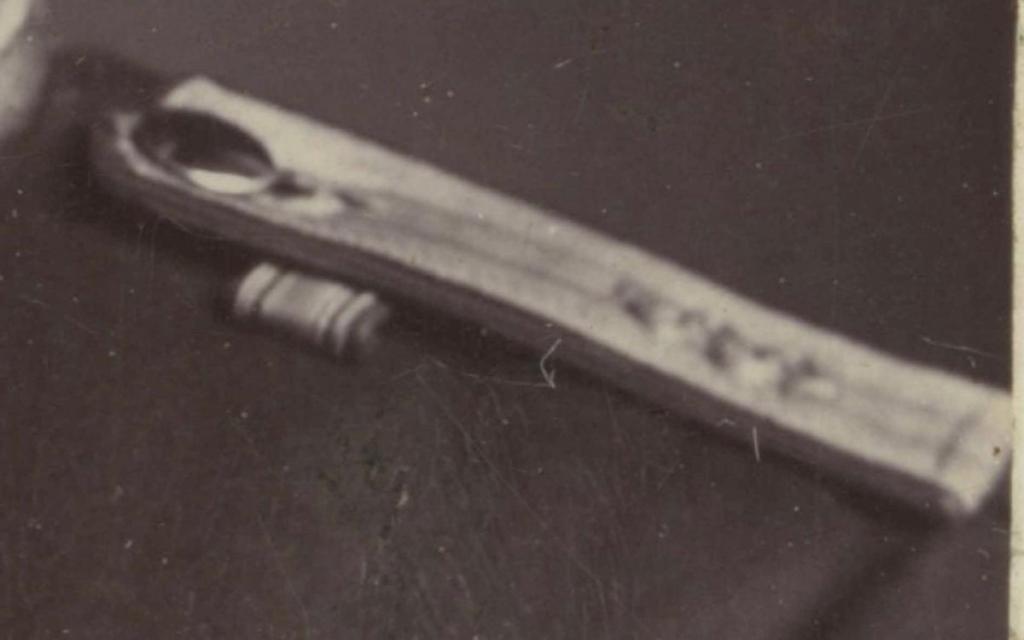
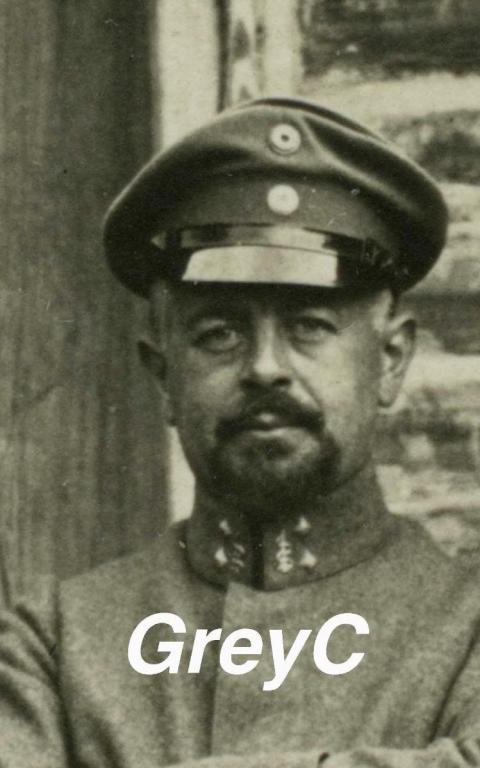
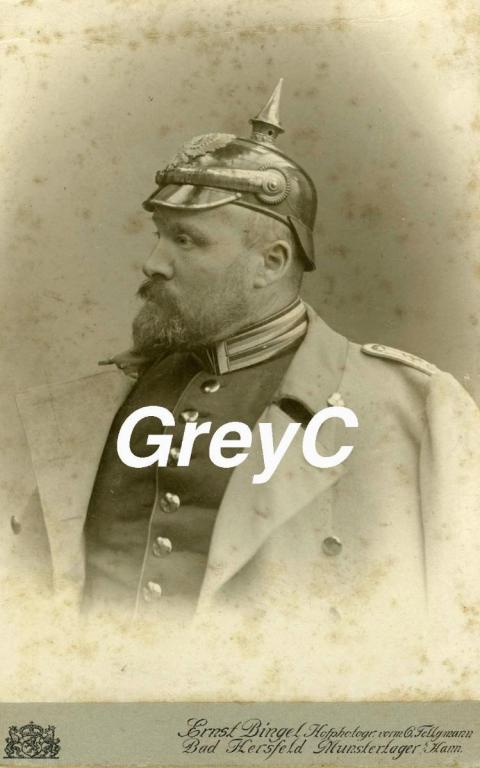
_Dkop.thumb.jpg.fc0db01ea0dbc06569d25bb64e3f0818.jpg)

Kapitän zur See Karl von Müller (Emden)
in Germany: Imperial: The Orders, Decorations and Medals of The Imperial German States
Posted · Edited by GreyC
Here is an original ex-libris in drypoint style for the private books for Karl von Müller, featuring the Emden, signed by the artist Kallmorgen, a reknown German painter, from my collection.
GreyC